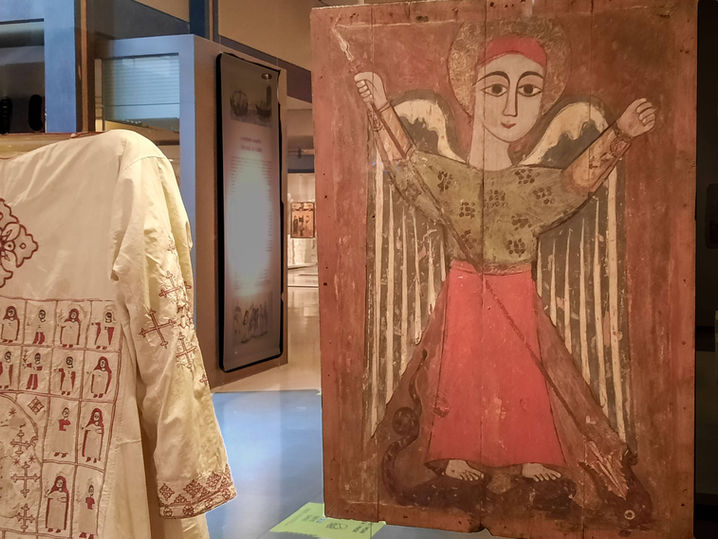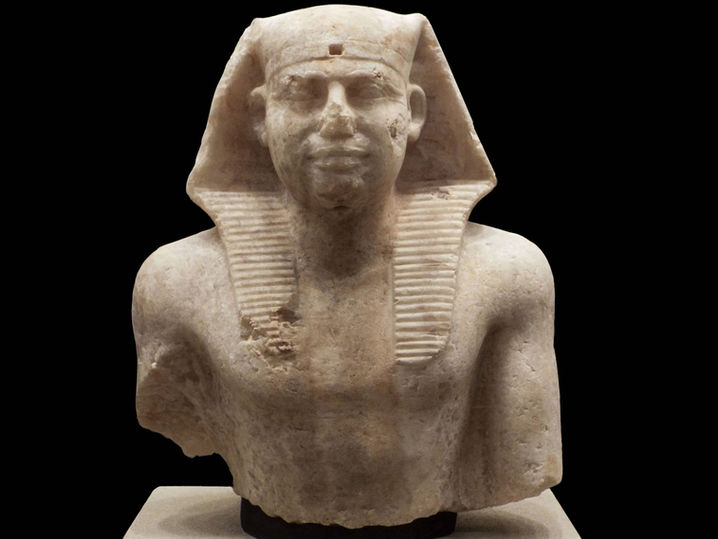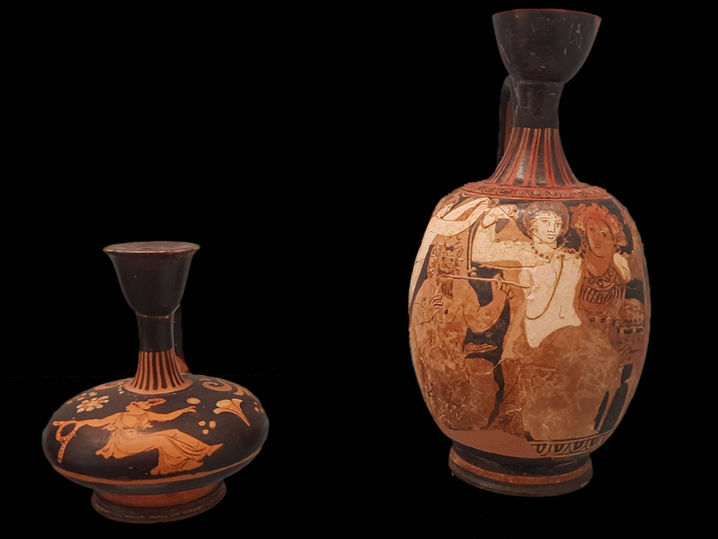By the very beginning of the 5th century AD the Roman Empire had succombed to the pressure of Germanic migration and destabilisation, and to internal decadence and corruption. Emperor Constantinus had seen the warning signs and had already transferred his capital to a new city he founded in 330 AD. Actually, he did not found the city, it had already been established some 11 centuries earlier by colonisers from Megara near Athens, with a legendary king, Byzas. Hence Byzantion, or Byzantium. Rome fell, Byzantium or Constantinople stood and became the capital of a mighty empire, Christian but in many ways a continuum of Greek civilisation, administered in Greek language and developing an own artistic expression in literature, iconography and architecture. For centuries cut off from the medieval chaos of the Western Dark Age, Byzantium was thriving. In 1054 Byzantium also went its own way religiously, no longer recognising the infallible authority of the Pope in Rome. The so-called Schism did of course not help when the Crusaders turned everything upside down in 1204, changing their mind on their way to 'liberate' Jerusalem from Islam and instead preferring to pillage Constantinople. The city was looted empty, and the Frankish, Teutonic, Aragonese and Italian Seigneurs cosily nestled themselves in Lordships on islands, in valleys, in fortified towns, feudalising Greece and much of the Byzantine territories in East and West. Byzantium never really recovered, for soon the Ottoman conquerors would be knocking at the door. In 1453 Constantinople fell to the Ottoman Turks, the rest of Greece followed the same destiny within decades.
BYZANTINE & POST-BYZANTINE ERA
Taking over and improving pottery techniques from Archaic Korinthos, Athenian workshops had become ’market leaders’ in the Hellenic world as from about 630 BC. They took over the Corinthian black figure style, but replaced the griffins, sphynxes and other species of monstrous creatures by the depiction of human beings, in line with the developing spirit in the ‘Athens of Classical times’: men and women, often in narrative scenes of mythology and legend. By 530 BC red figure pottery made its entry; red figures against a black background offered superior possibility to add subtle details as they could be painted onto the red body surface with black paint. Another 30 years later Athenians also developed a white-background technique, exclusively used for vases with ritual or funerary functions, as the surface painting was far more fragile than the red or black figure techniques. Late in the 5th century BC, however, decorative pottery went into decline, as high demand for murals and frescos in the growing city drew artisans away from the pottery business. By 320 BC Attican pottery production had all but died out.

© 2020.Created by Marc Van den Reeck with Wix.com























